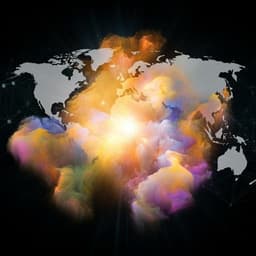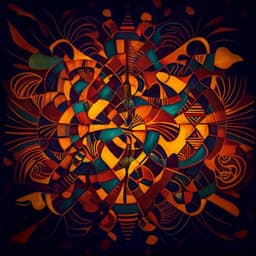
The Arts
Guns in Bangla cinema across borders: perspectives on cultural evolution
S. Huq and S. Mukherjee
Explore the intriguing evolution of gun representation in Bangla cinema! This paper by Sabiha Huq and Srideep Mukherjee delves into how films from Bangladesh and West Bengal transition from reflecting historical realities to embodying hyperreality in contemporary Bengali culture. Discover the symbolic power of guns across different cinematic phases, illuminating the changes in cultural narratives.
Playback language: English
Related Publications
Explore these studies to deepen your understanding of the subject.







